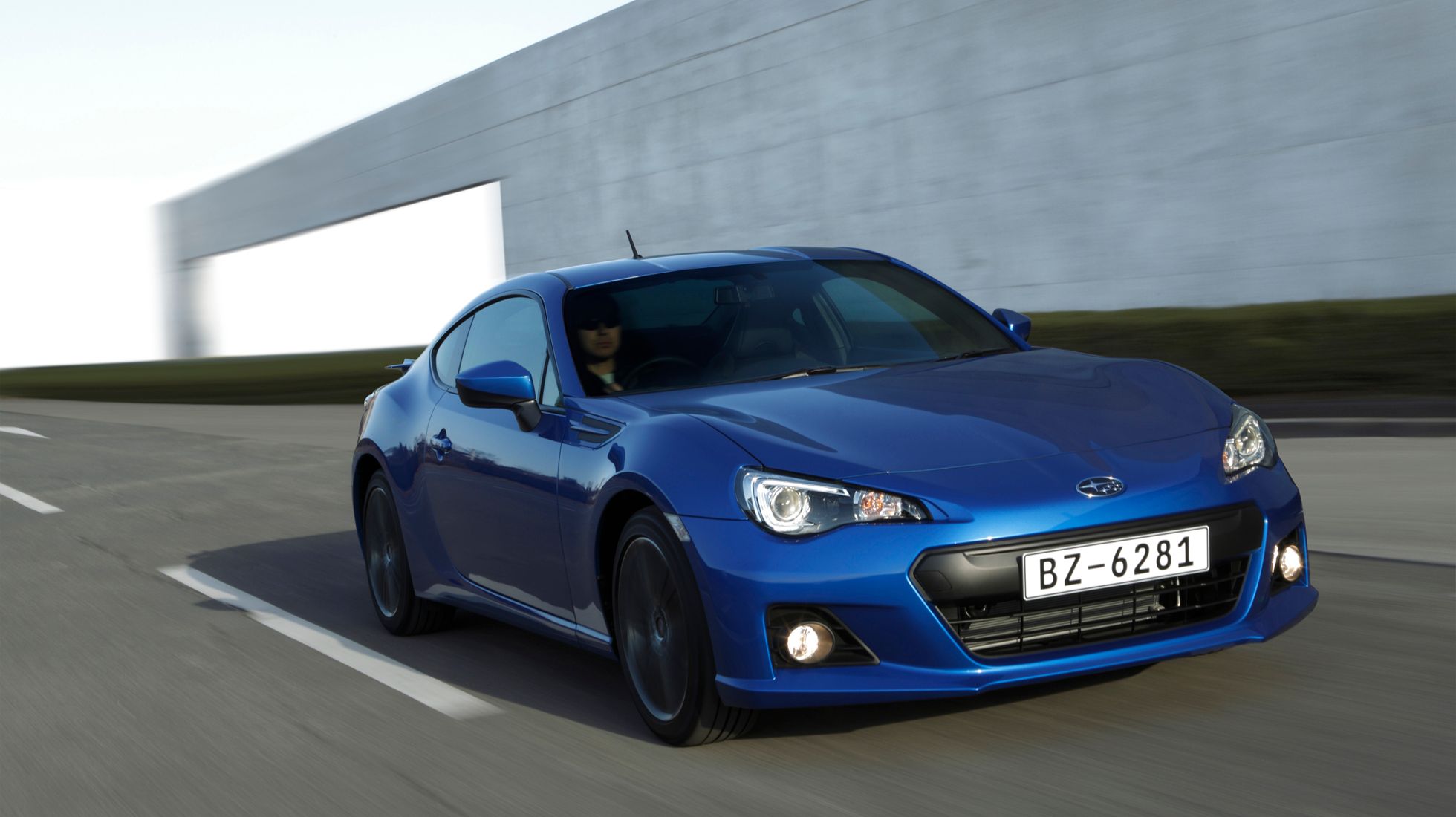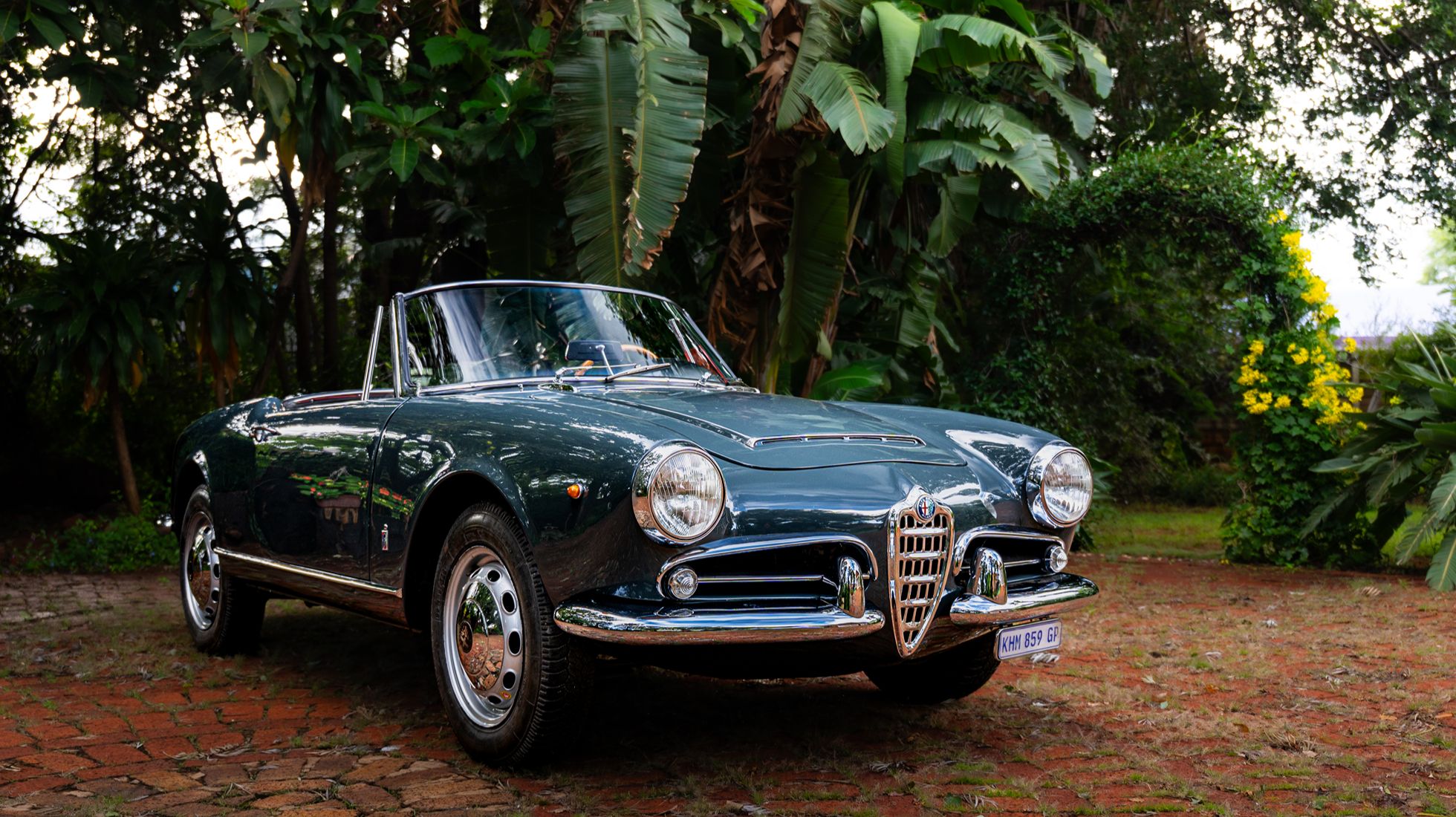Mansplaining the Differences: Hybrid, Plug-in Hybrid and Fully-Electric
Back in the day, if you wanted to purchase a vehicle, your choices were limited to petrol or diesel. Oh, how simple it was... Over the years, a few electric cars have trickled onto catalogues, but now, in 2023, when carmakers make grand claims surrounding zero emissions, the choices aren't exactly straightforward.
The world has changed with the mushroom effect of hybrid, plug-in and fully-electric vehicles as governments push towards a zero emissions future. Global superpowers; Europe, the USA and Australia plan to ban ICE-powered vehicles by 2035.
While there has yet to be any cut-off date set for ICE-powered vehicles in SA, vehicle manufacturers have now started rolling out electric cars, forcing drivers to gradually make a mobility mind-shift towards electrified transport. As it is right now, you can buy a hybrid, plug-in hybrid or fully-electric vehicle in South Africa. While these are somehow 'rare' in South Africa, many don't even know the differences.
We look at the three forms of electrification, and at the end, we will look at which one is best suited for our market.
Hybrid

The history books tell us Ferdinand Porsche founded the first-ever hybrid car known as the Lohner–Porsche Mixed Hybrid in 1900. His earlier prototypes were two-wheeled, battery-powered electric cars with two hub-mounted motors at the front axle.
As the technology was mastered, Mr Porsche developed cars that used hub-mounted electric motors at each wheel powered by batteries and a petrol-engine generator in a bid to reduce emissions and improve efficiency.
All that happened about 110 years before the launch of the Cayenne S Hybrid in 2010. Many marquees have since mastered the technology as an alternative to the latter two forms of electrification. The truth of the matter, though, is that plenty of manufacturers are still playing the catch-up game and only adding hybrid models to their ranges now.
But what is a hybrid car? Well, in a nutshell, a hybrid vehicle is equipped with a petrol or a diesel powerplant paired with an electric motor. Depending on the driving prowess, hybrids can drive with an electric motor, ICE engine, or a combination of the two.
The vehicle calculates and decides when the different powerplants take over - a transition that occurs seamlessly while moving. Hybrid cars tend to use a relatively small battery pack, so their fully-electric driving range is minimal and charging them is very easy.
The battery can be recharged on the move by the engine or power generated when the car is coasting or braking. While the list of hybrid vehicles in South Africa is endless, a fitting example, in this case, is the current generation Toyota RAV4 Hybrid which packs a 2.5-litre 4-cylinder engine paired with two electric motors.
The engine alone pumps out 131 kW and 221 Nm, while the electric motors supply 88 kW and 202 Nm. When the two systems work together, they produce about 163 kW of usable power.
Regarding efficiency, the RAV4 Hybrid seems to be a winner, with our long-term vehicle figures hovering around the 6.4l/100 km mark.
Plug-In Hybrid

Think of a hybrid vehicle with a bigger battery, a dedicated charging port, and a combustion engine. It's that simple. A plug-in hybrid is, in some ways, similar to its hybrid counterpart, yet there seems to be a growing demand for PHEVs in South Africa, regardless of the charging infrastructure concerns. But what exactly is it?
A plug-in hybrid vehicle packs a bigger electric motor plus a larger rechargeable battery that can be recharged using a conventional power socket or at a dedicated EV charging station.
Their ability to continue running even when the battery has depleted and their potential to save you lots of money has made them more attractive than fully-electric cars.
Due to their bigger batteries, plug-in hybrids can travel longer distances on battery power before the engine takes over. Their EV range is generally between 32 km and 50 km; however, some models, such as the Jaguar E-Pace and F-Pace PHEVs, claim a range of up to 66 km.
The advantage of having a plug-in hybrid is that you don't need to worry about stopping at a charging station to recharge the battery pack if you need to go further because the conventional engine automatically kicks in and recharges the battery. No range anxiety here.
All-Electric

While the duo, as mentioned above, may be complex, all-electric vehicles are all about simplicity. By that, I mean they do away with the internal combustion engine in exchange for electric-only motors that don't emit harmful fumes.
On paper, that translates to cheaper running costs in addition to whizzing past crowded filling stations.
With that said, electric vehicles pack a large battery that powers one or more electric motors depending on the type of car. The battery packs can be recharged as you drive through regenerative braking or by charging them at a charging station.
More and more manufacturers have mastered the technology, and the range of all-electric vehicles is astounding today compared to what you'd get in the 2019-spec BMW i3, which only travelled up to 260 km on a full charge. I only managed to get about 190 km back in the day.
Today, the likes of the BMW iX and Jaguar I-Pace give you a range of up to 630 km and 470 km on a single charge respectively. Owners can recharge their car at home overnight, and during frequent trips, public fast chargers are becoming more accessible.
For some perspective, getting the BMW i4 M50's 83.9 kWh battery pack recharged at an 80 kW fast charger took almost an hour to charge from 20% to 90%, which also added about 400 km of driving range.
Besides that, the BMW i4 model is supplied with the BMW Charging Card, a Flexible Fast Charger for charging up to 11 kW and a mode 2 charging cable to use in the comfort of your home. I know what you are thinking... load-shedding, but there are workarounds for even that.
What could work in South Africa?
Looking at the EV infrastructure in South Africa, we aren't where we want to be, unlike first-world countries where electric cars dominate from all four corners of the globe.
That aside, electric cars do not come cheap, and the lack of subsidy from the government makes them inaccessible to the average consumer leaving them with no option but to stick to ICE-powered vehicles.
Hybrids and plug-in hybrid cars are the best solution for now, but they too are more expensive than already-pricy ICE-powered cars, yet they are more affordable than going full electric. Just think of the long-term fuel savings...
Until we solve our EV infrastructure and power problems, hybrid and plug-in hybrid cars make a world of sense in SA.

.jpg)








.JPG)



.jpg)









%20(1).jpg)






.jpg)









%20(1).jpg)
.jpg)
.jpg)




.jpg)






.jpg)

.jpg)
.jpg)
.jpg)
.jpg)
.jpg)
.jpg)

.jpg)
.JPG)

.jpg)
.jpg)
.jpg)
.jpg)


.jpg)
.jpg)

.jpg)
.jpg)

.jpg)

.JPG)

.JPG)
.JPG)
.jpg)












%20(1).jpeg)



.jpg)





%20(1).jpg)






.jpg)
.jpg)

.jpg)
.jpg)
.jpg)
.jpg)
.jpg)
.jpg)
.jpg)
.jpg)
.jpg)
.jpg)


.jpg)
.jpg)

.jpg)
.jpg)
.jpg)
.jpg)
.jpg)




